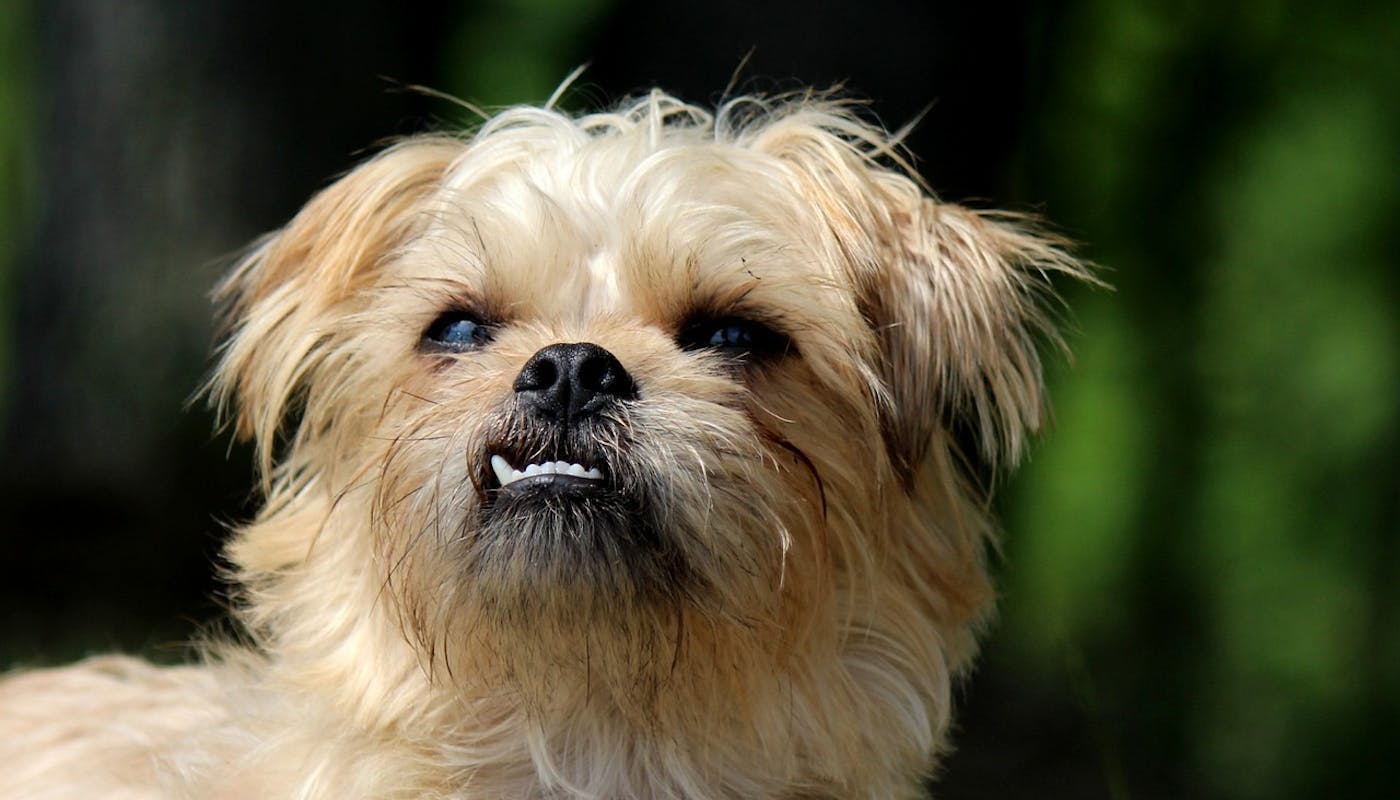What to Do When Your Dog Has a Loose Tooth
Whether it’s causing them pain, they’re not remotely fussed or you’ve found a stray tooth on the floor - here’s everything you need to know about your dog and tooth loss.
Why Does My Dog Have a Loose Tooth?
If your dog’s pawing at their mouth, struggling to eat hard foods, or drooling more than usual… they may have a loose tooth. It’s easy to check (if your dog lets you) and if you do find a wobbly tooth, you might need to take your dog straight to the vet for an examination.
What’s happened? There are three reasons which could explain why your dog has a loose tooth:
1: Losing Puppy Teeth
If your dog’s a puppy, they don’t need to visit the vet! From the age of around 4 months, puppies begin losing their baby teeth, just like human children. You might find these teeth sprinkled around the home; some pups swallow them whole with their food. It’s part of their normal development and you’ll soon see a set of lovely, white adult teeth.
2: Impact or Injury
Sometimes a jaw injury can cause a loose tooth. It can be loosened if your dog was chewing on something particularly hard and unforgiving. An impact to the face, like a fall or a fight, can also make teeth loose. If there’s blood and swelling, go to the vet quickly so they can make a treatment plan.
3: Dental Disease
Dental disease is increasingly common in dogs aged 3 years and up. Plaque forms around the tooth and causes swollen gums. Periodontal disease is caused by bacteria, which can enter the bloodstream and produce additional health problems.
Preventing Loose Teeth in Dogs
Have you ever thought of brushing your dog’s teeth? If the answer is no, you’re not alone! Around 70% of dog owners have never done it.
But the latest advice suggests that toothbrushing could help to prevent canine gum disease – a problem which can (surprisingly) cause complications in your dog’s liver and kidneys.
Aim for three times a week, or more, if your dog tolerates it (and you can remember)! Choose a tasty toothpaste designed for dogs – instead of mint, it’ll be flavored with chopped liver or beef. Start with a quick rub over a few teeth to see how your dog feels about it. Gradually increase your efforts until you can brush every tooth.
You can also improve your dog’s dental health by introducing:
- Dental mouthwash – an additive for their water bowl.
- Dental chews – which sometimes contain added ingredients to promote calm or suppleness.
- Natural chews – the natural way for your dog to brush their own teeth. Ask at your pet store for the best type to give your dog. Moon bones, antlers, and chicken feet are just some of the natural options!
Read More About Dental Health in Dogs
When should you start brushing? What type of toothbrush should you get? There’s a comprehensive guide to doggy tooth-brushing here/learn/dog-health/dental-health-in-dogs-everything-you-need-to-know! Learn why we don’t recommend rawhide chews/learn/dog-health/is-rawhide-bad-for-dogs any more. And did you ever hear the myth that dog mouths are cleaner than ours? Discover the truth about canine hygiene!/learn/dog-health/are-dogs-mouths-cleaner-than-human-mouths
